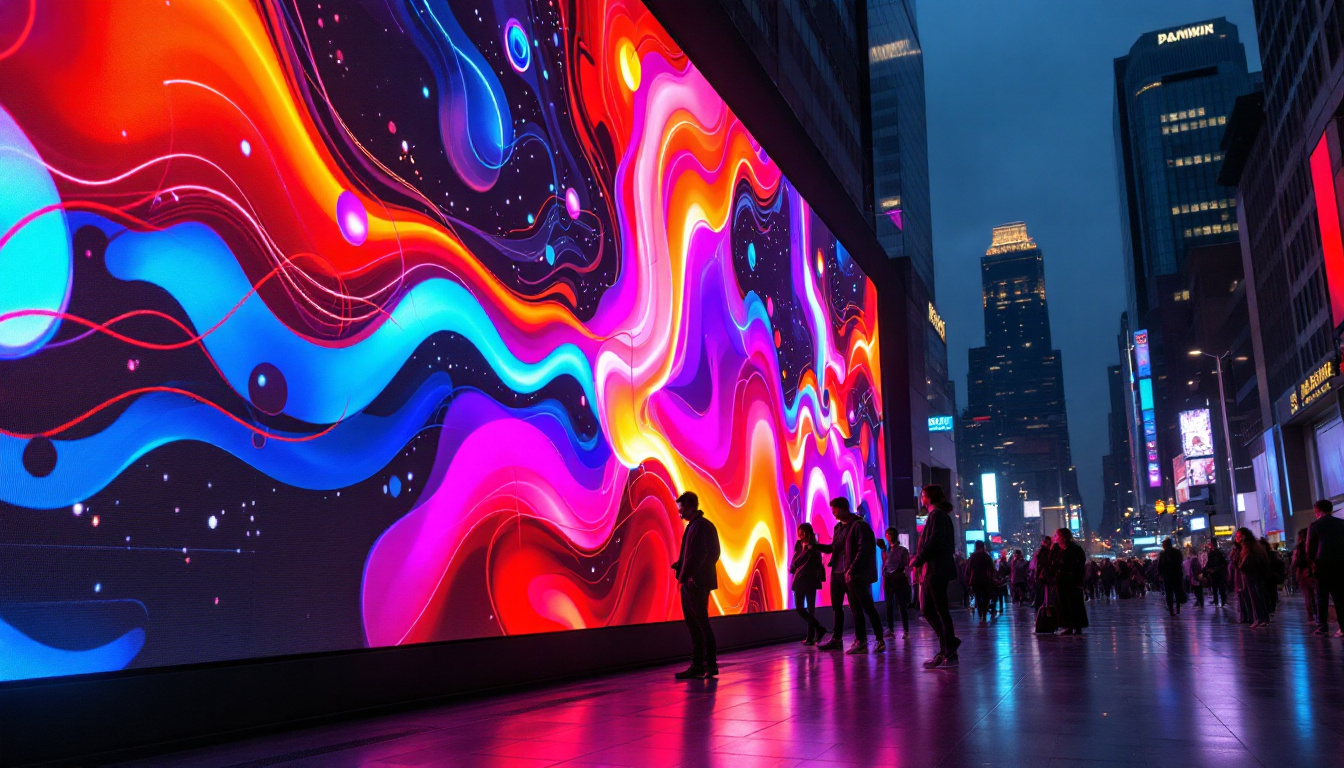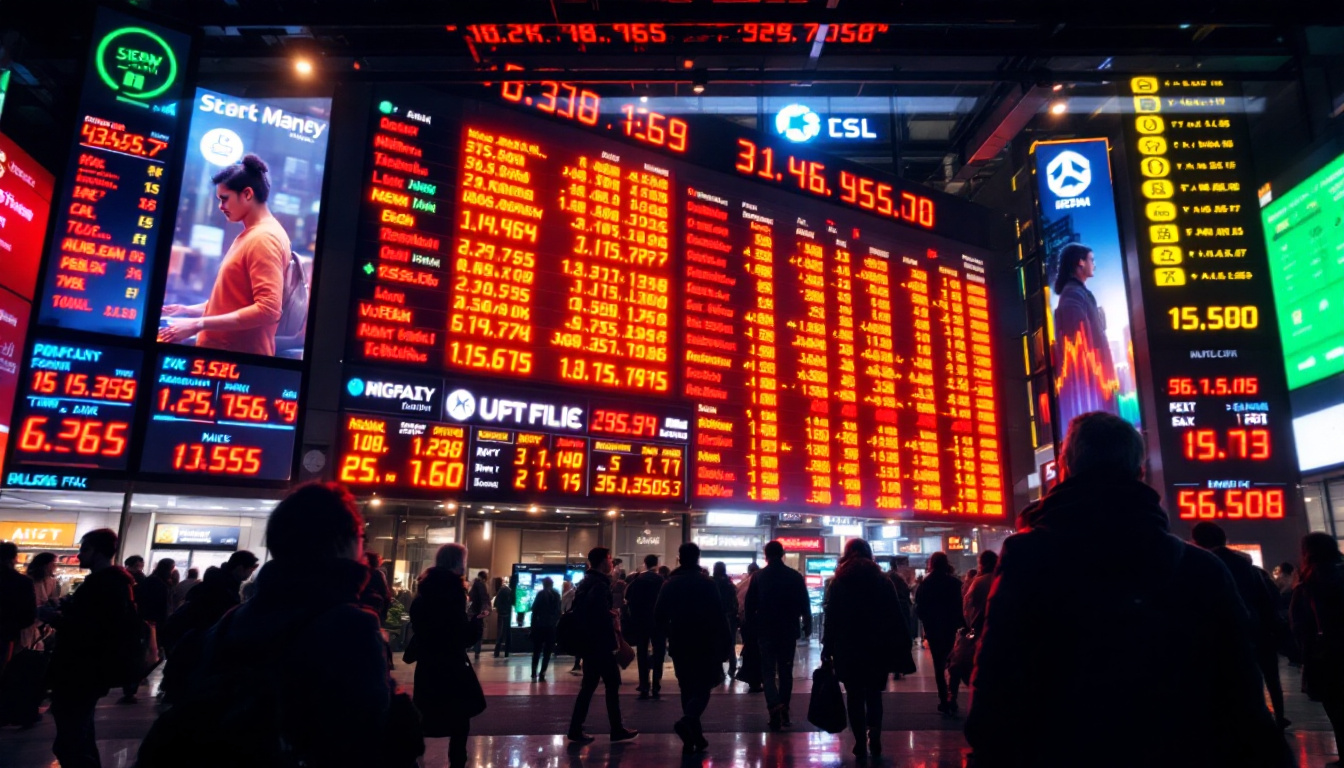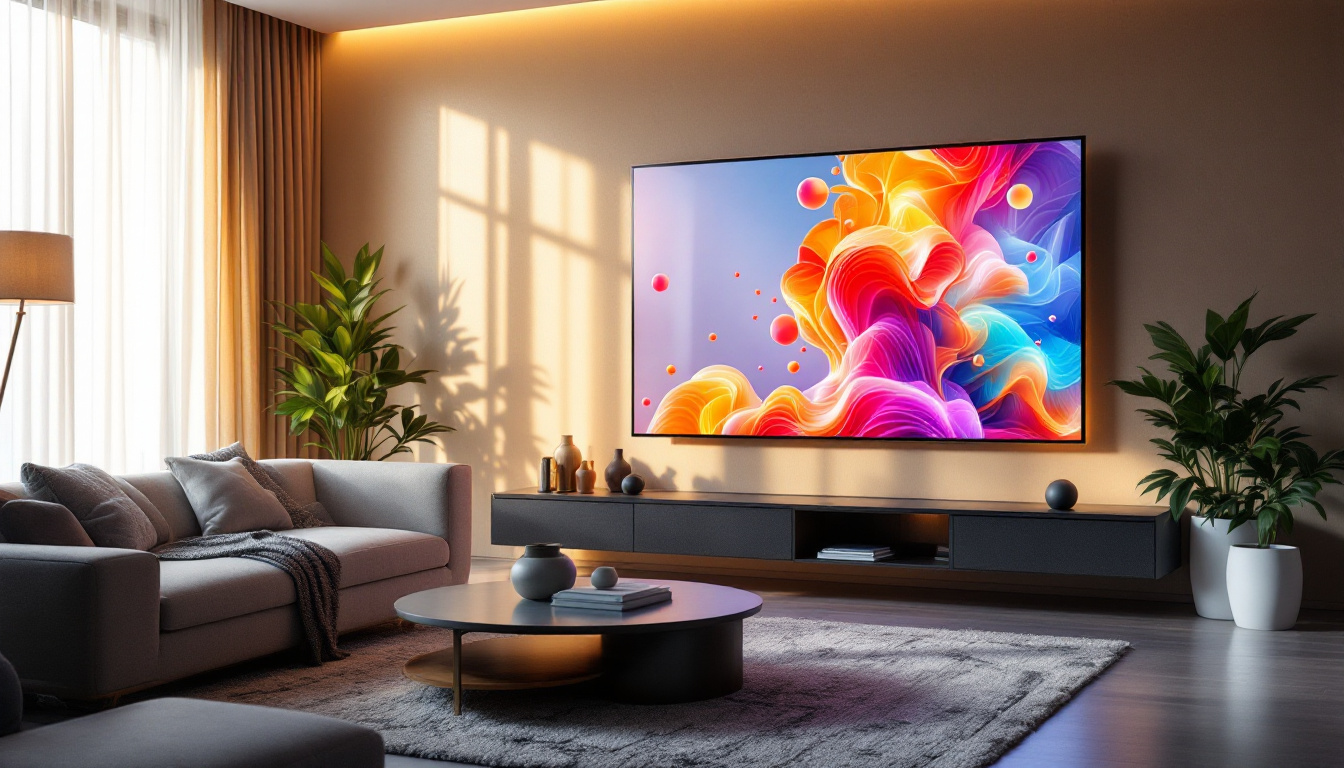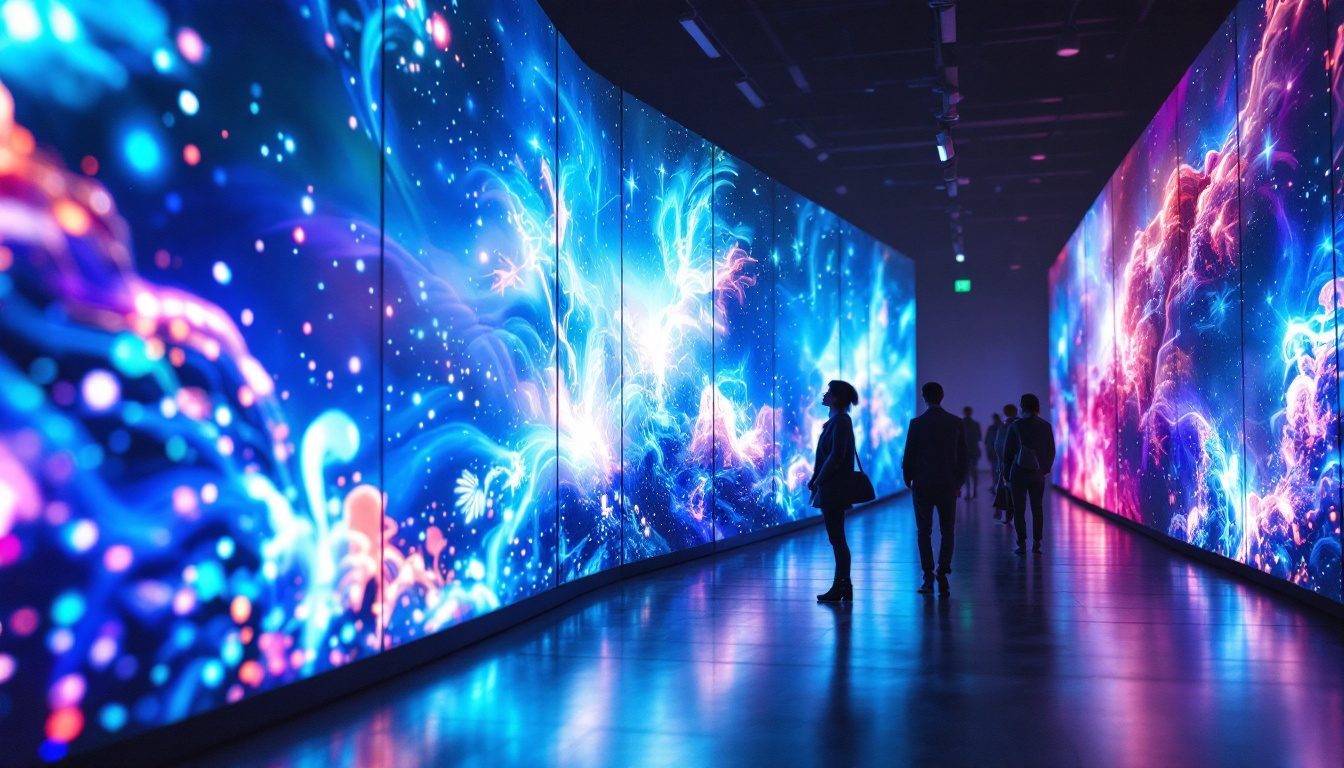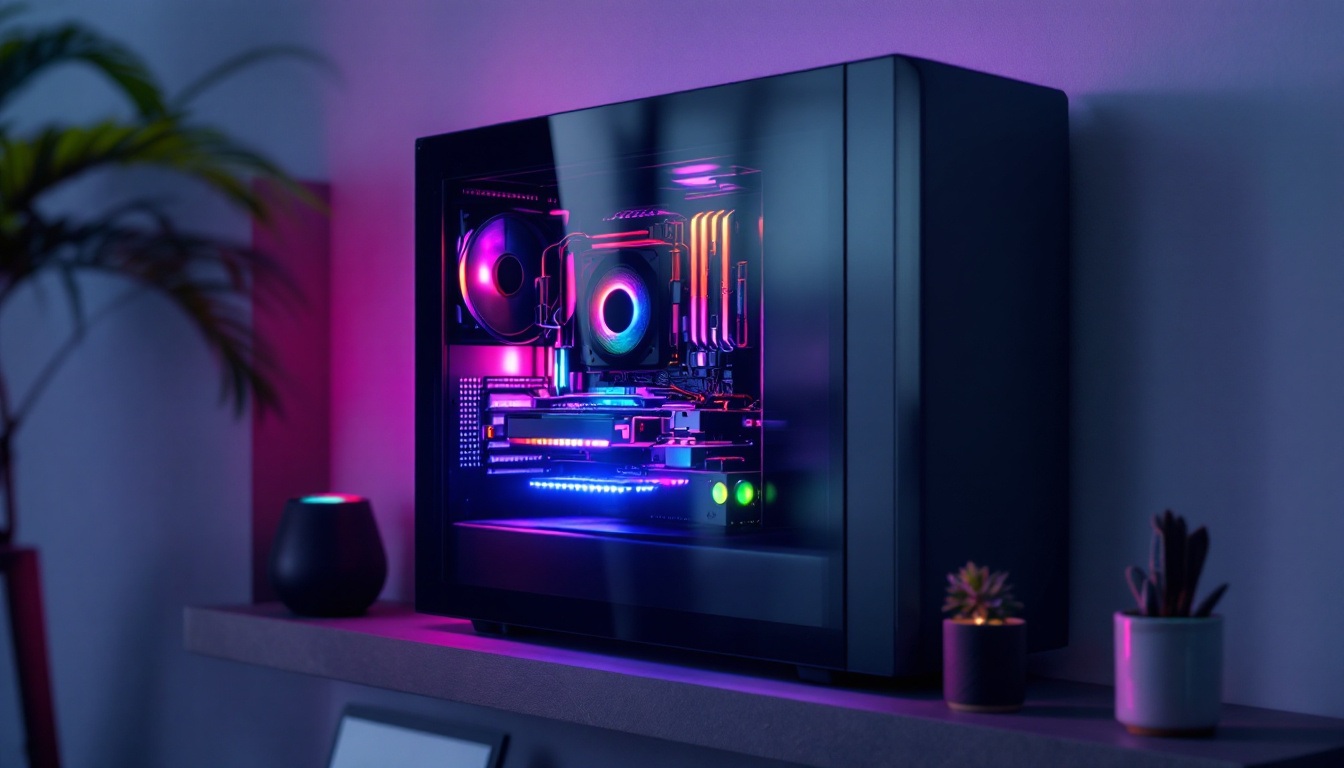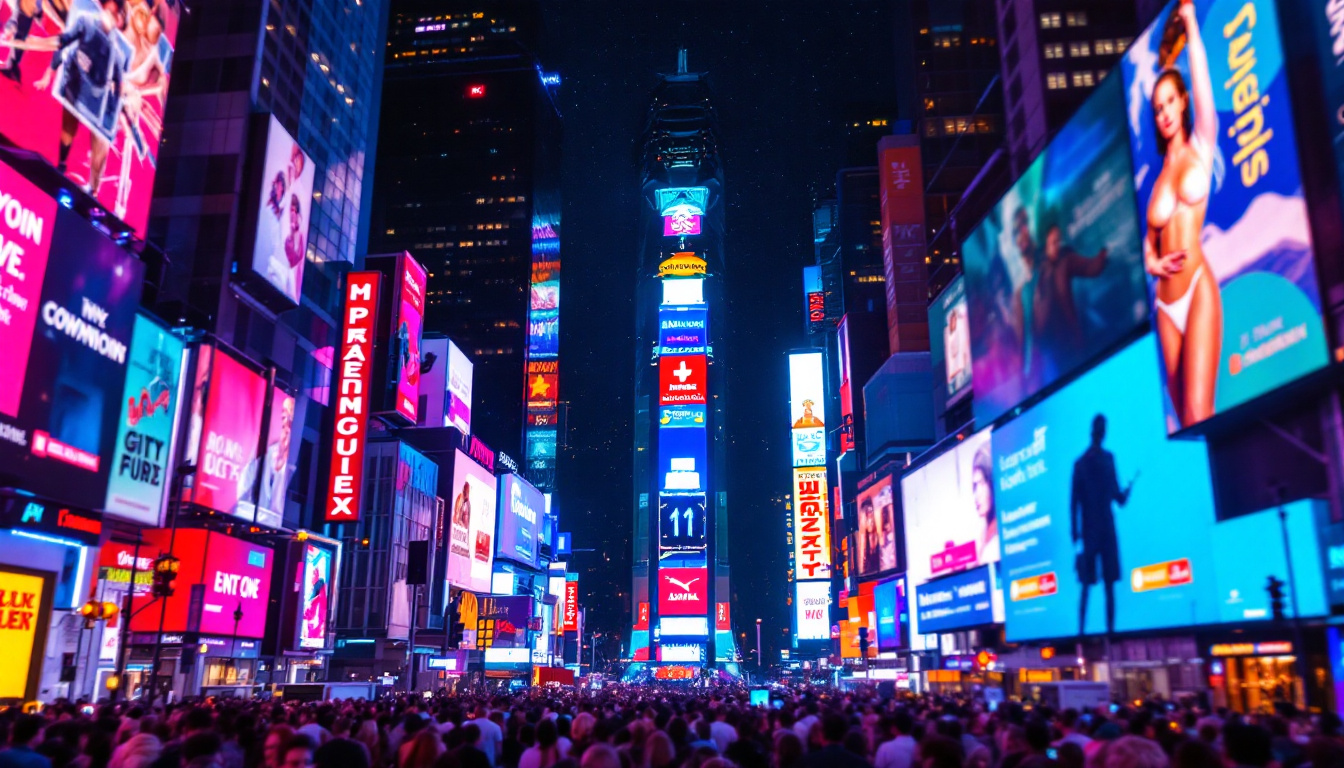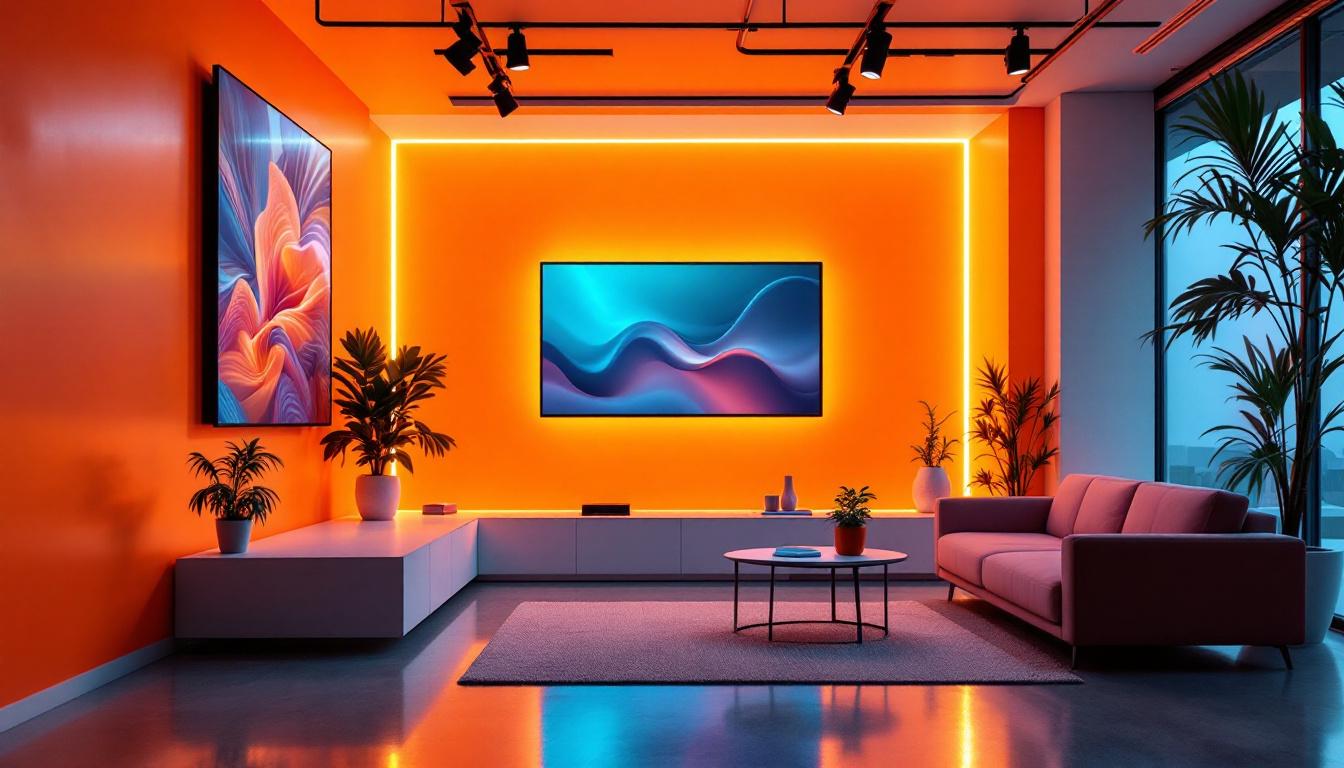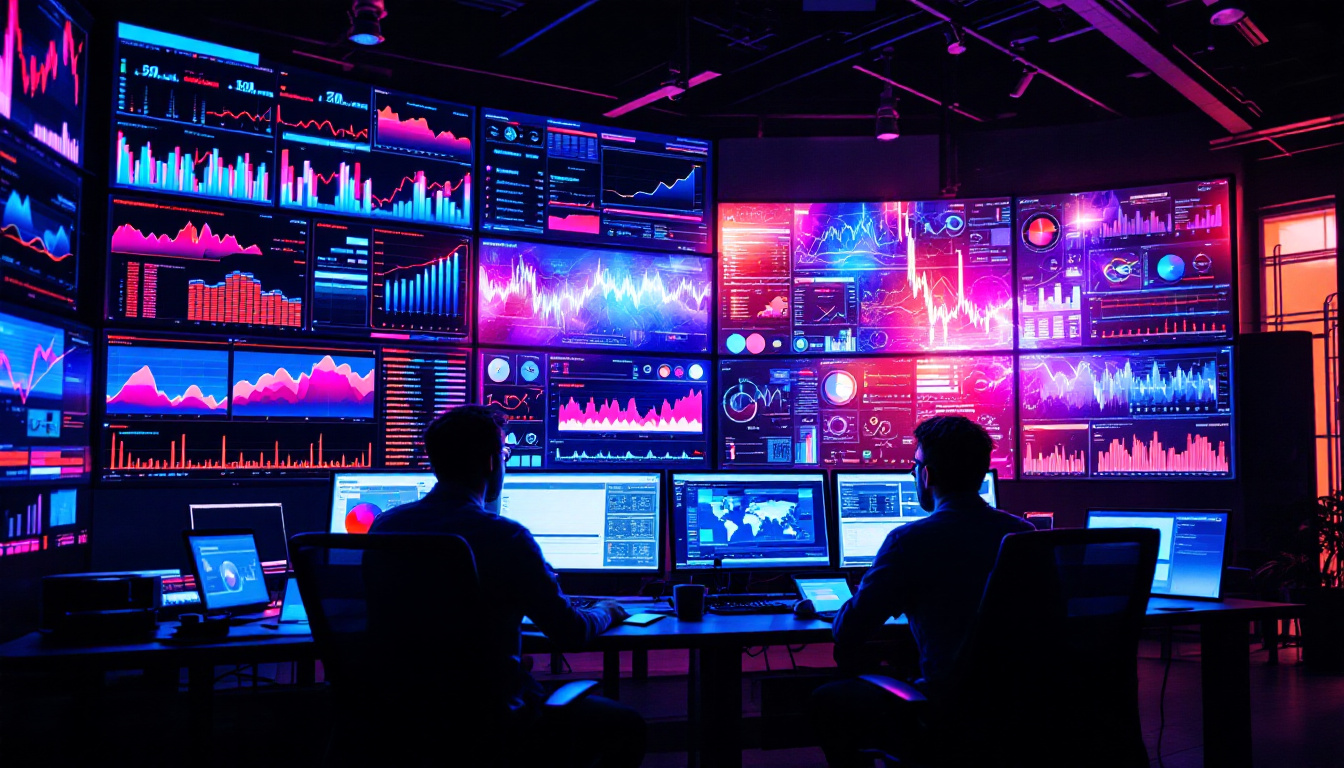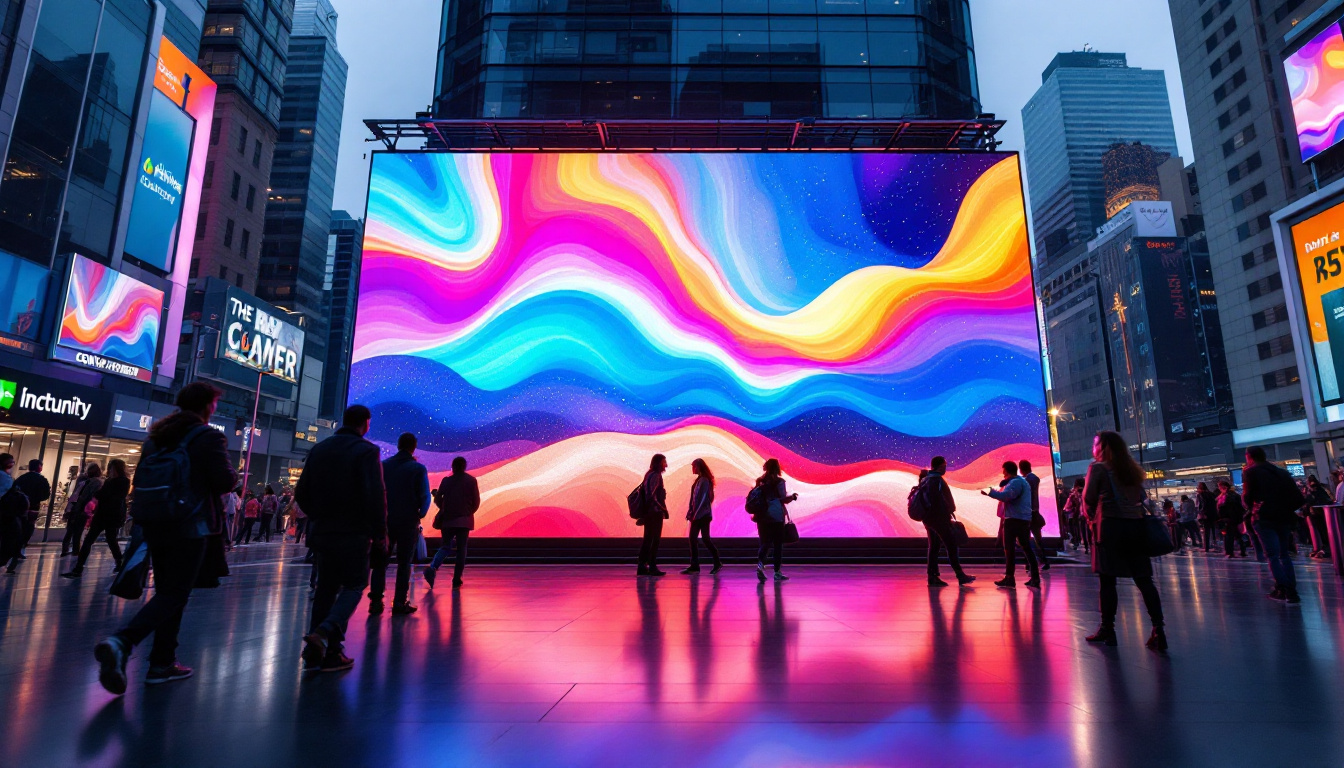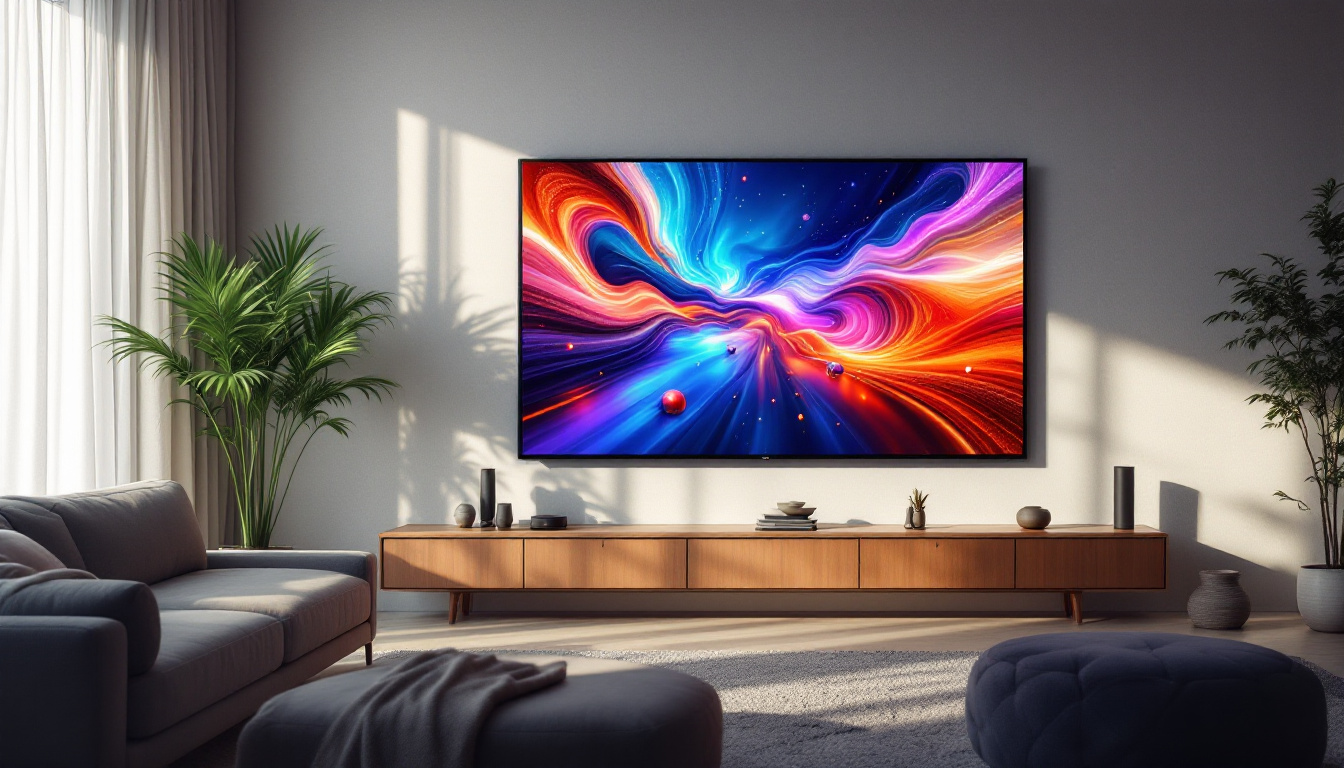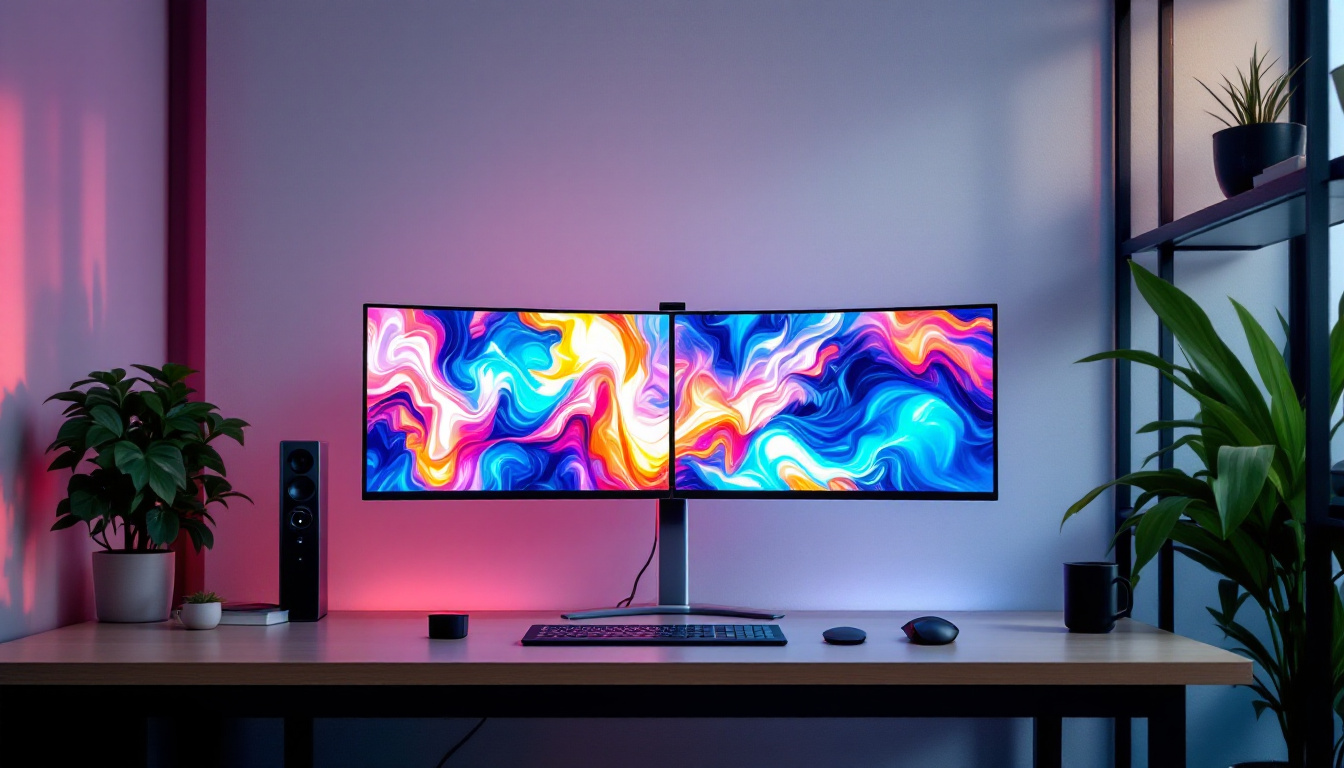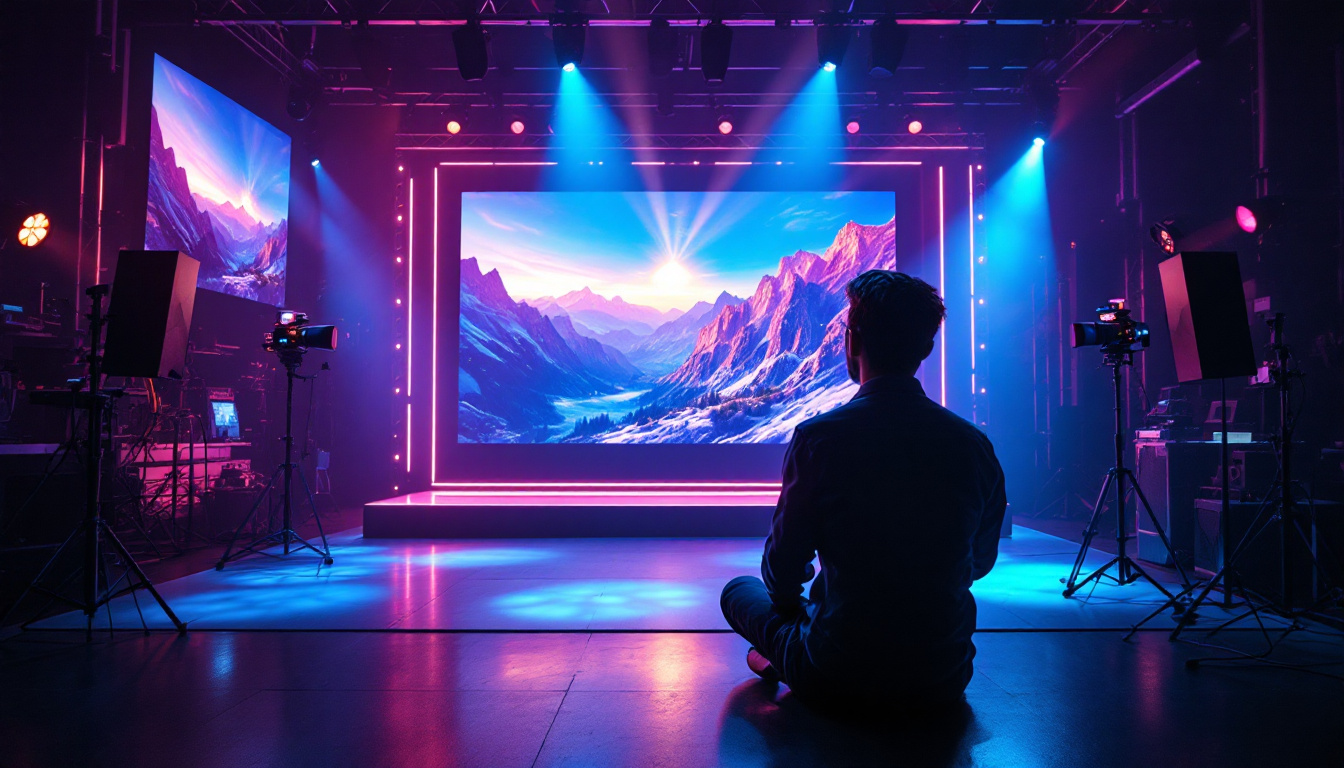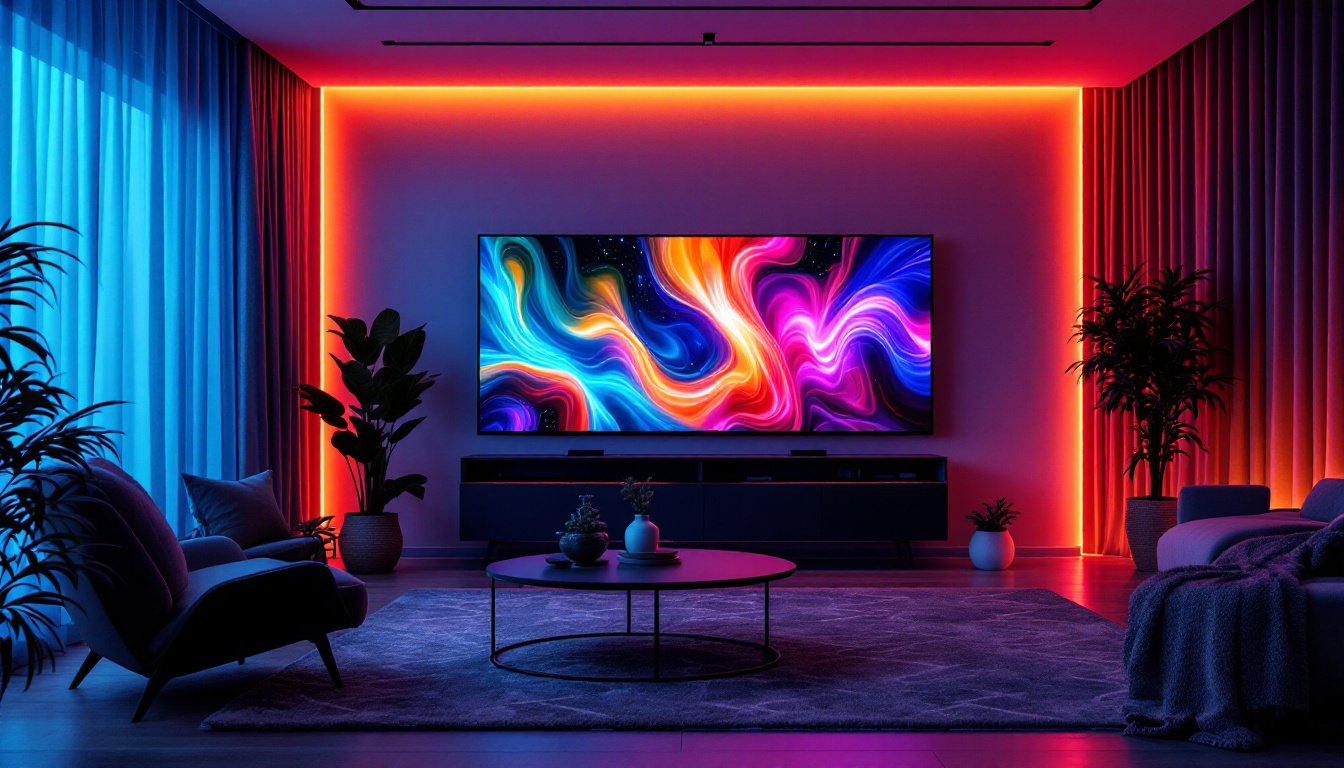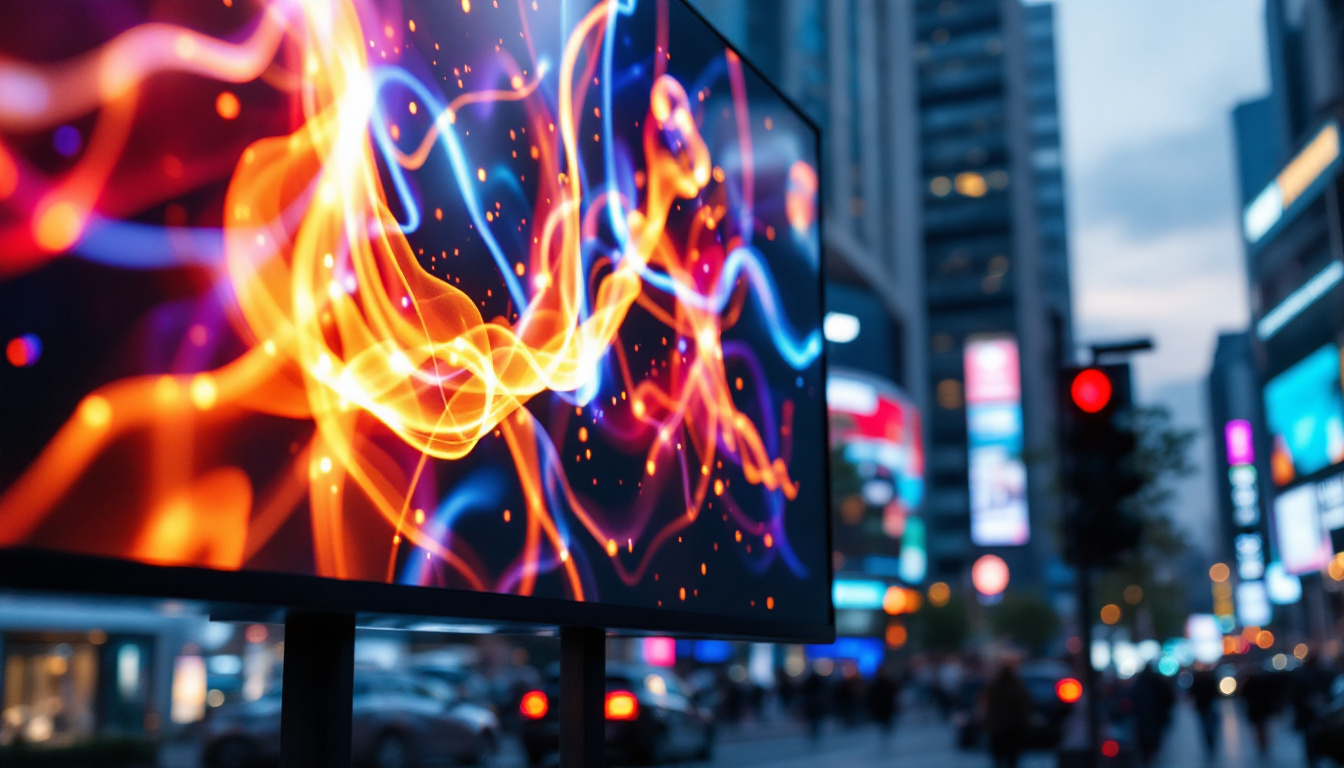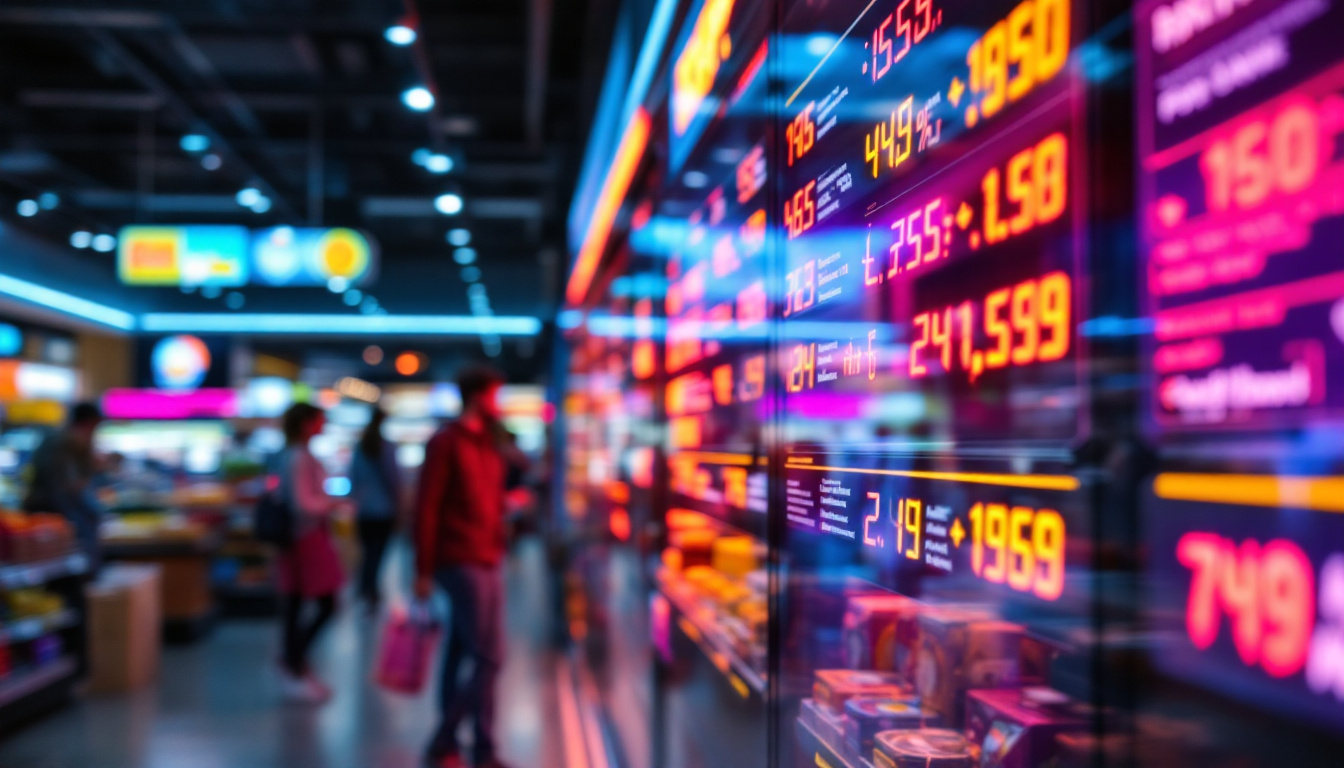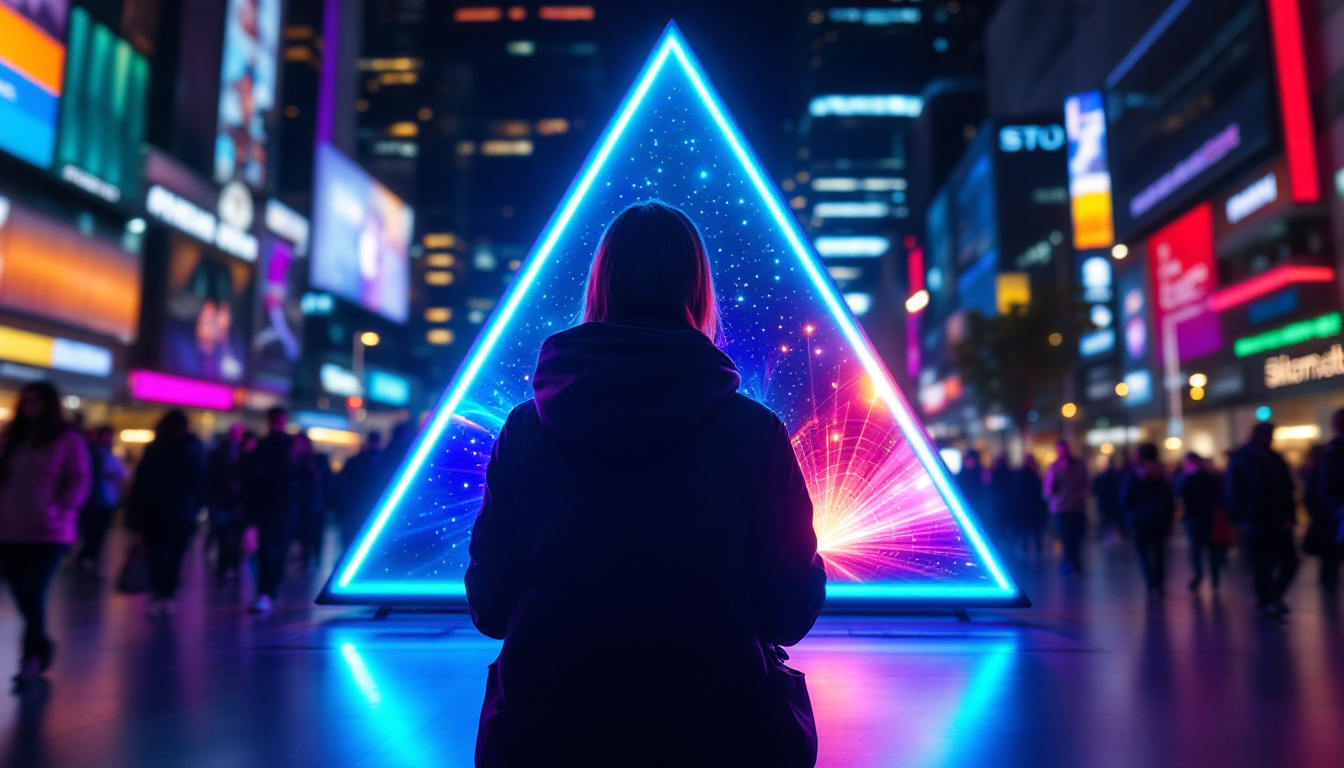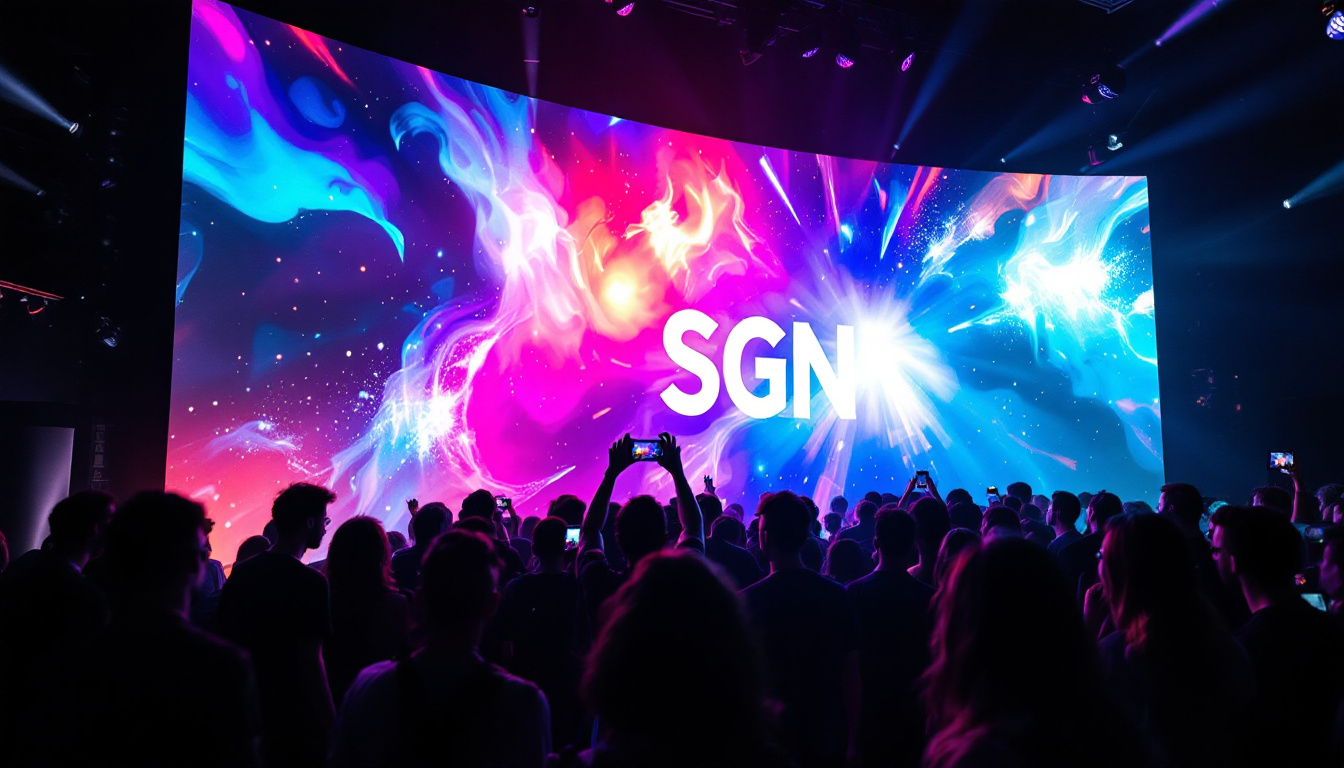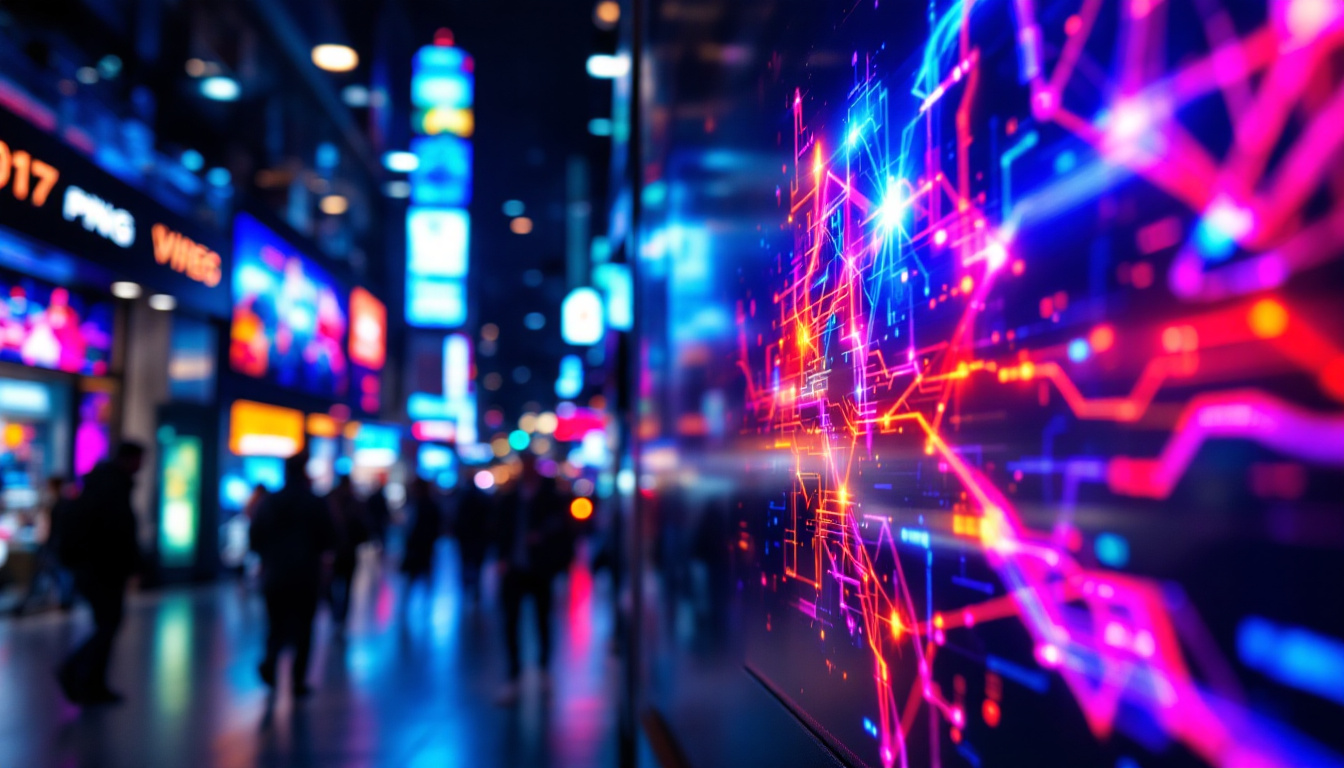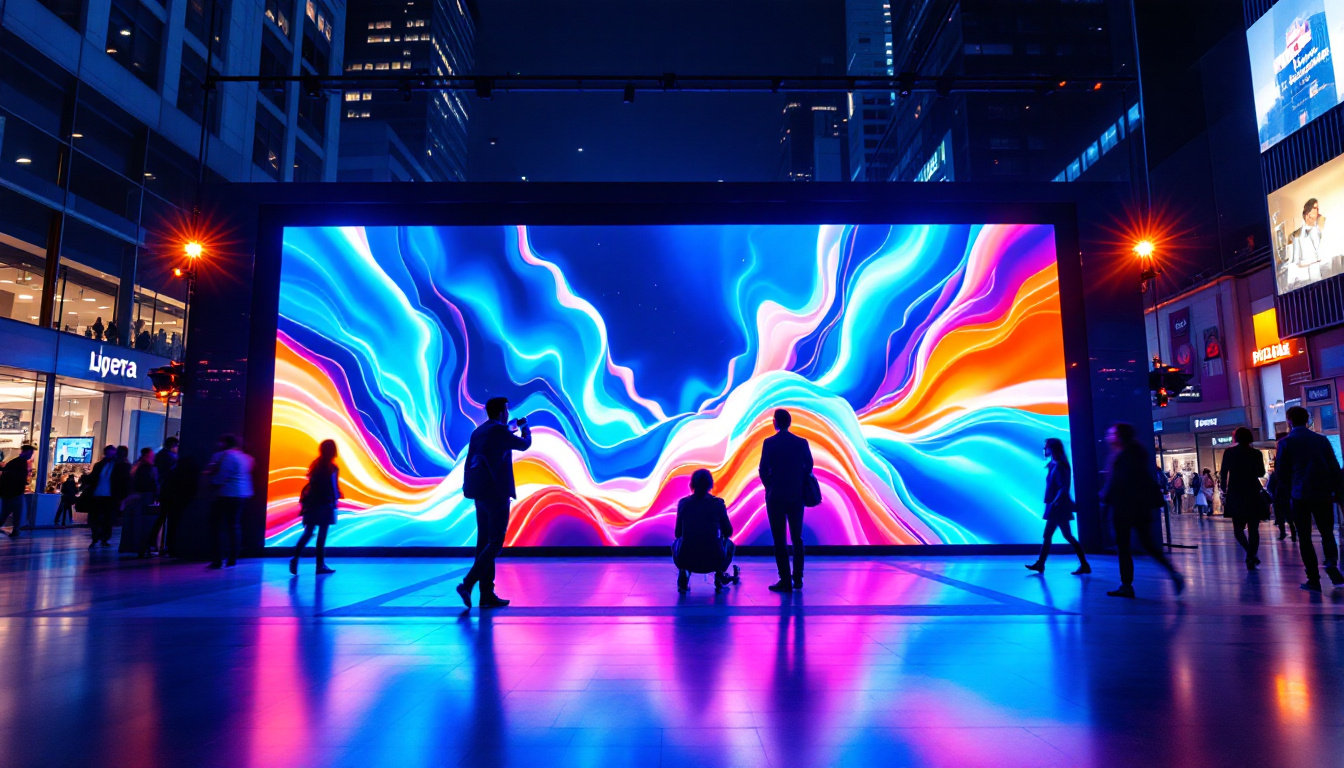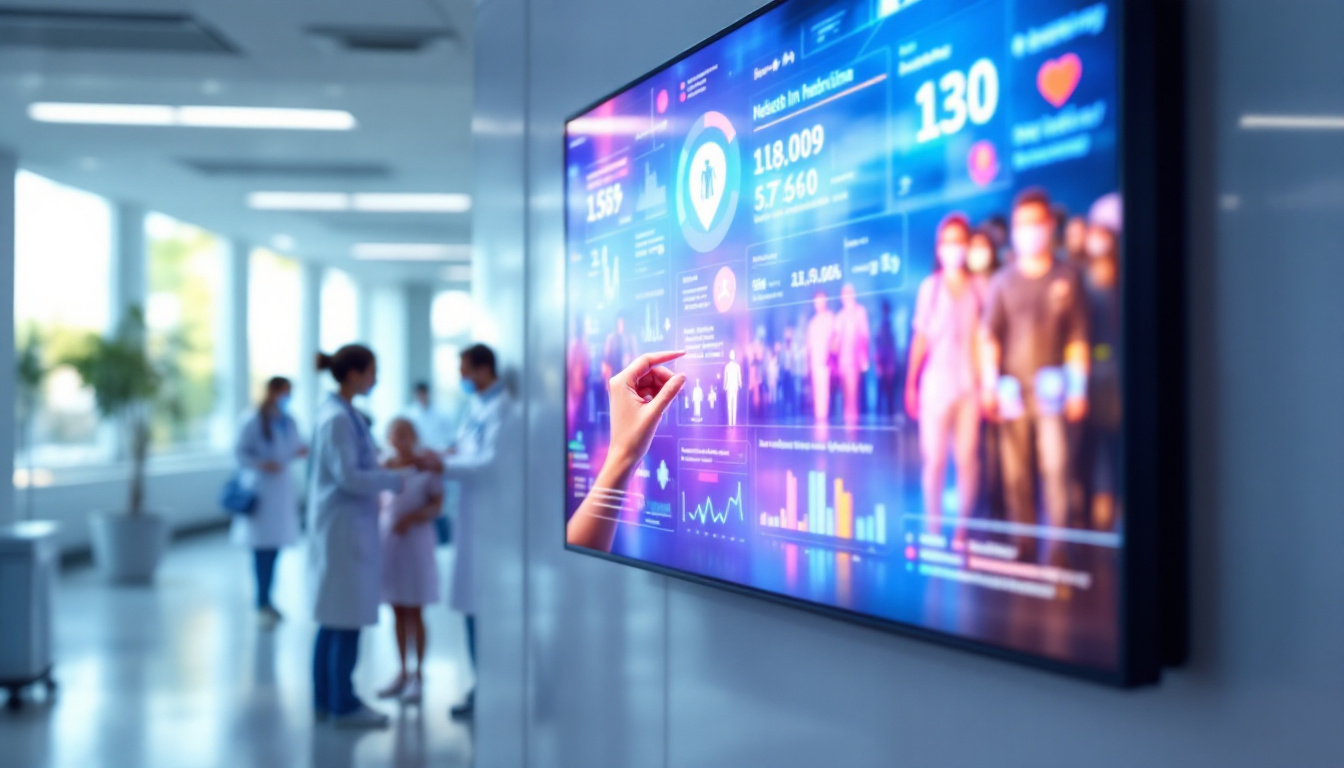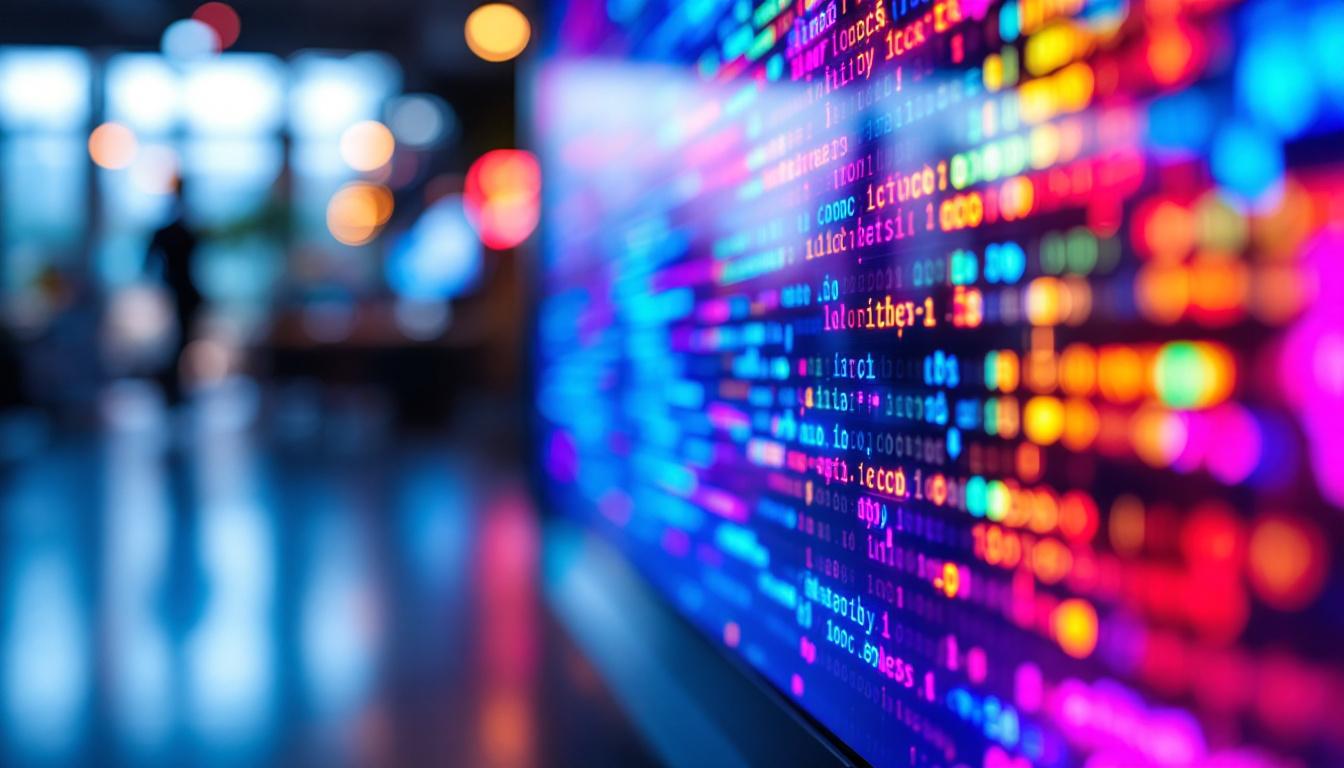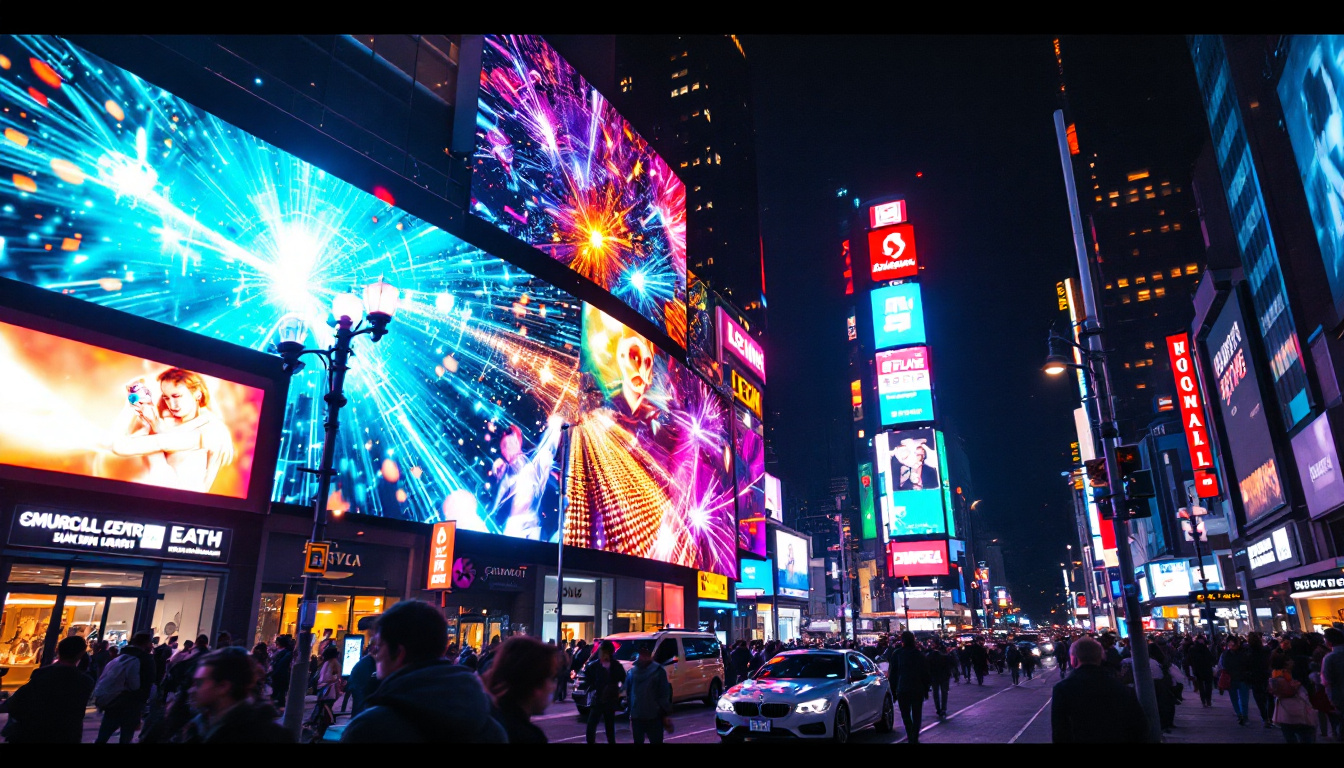In today’s fast-paced digital world, the demand for eye-catching, high-quality displays has skyrocketed. Commercial digital screens, particularly LED displays, have become essential tools for businesses looking to engage customers, convey information, and enhance brand visibility. This article delves into the intricacies of LED displays, exploring their technology, applications, benefits, and future trends.
Understanding LED Technology
LED, or Light Emitting Diode, technology has revolutionized the way visual information is presented. Unlike traditional display technologies, LED screens utilize semiconductor materials to emit light when an electric current passes through them. This fundamental difference in operation leads to several advantages, making LED displays a popular choice for commercial applications. The energy efficiency of LED technology is particularly noteworthy, as it consumes significantly less power compared to incandescent and fluorescent lighting, translating into lower operational costs and a reduced carbon footprint. This efficiency not only benefits businesses economically but also aligns with the growing global emphasis on sustainability and eco-friendly practices.
How LED Displays Work
At the core of an LED display are tiny diodes that emit different colors of light. These diodes are arranged in a grid format, where each pixel comprises red, green, and blue (RGB) components. By adjusting the intensity of each color, a wide spectrum of colors can be produced, allowing for vibrant and dynamic images. The technology behind LED displays also allows for rapid refresh rates, which is crucial for applications requiring high motion clarity, such as sports broadcasting and gaming. Furthermore, advancements in LED technology have led to the development of features like high dynamic range (HDR), which enhances contrast and color accuracy, providing viewers with an immersive experience.
LED displays can be categorized into two main types: direct view and backlit. Direct view LED displays consist of individual diodes that create images directly, while backlit displays use LEDs to illuminate an LCD panel from behind. The choice between these types often depends on the specific application and desired visual impact. For instance, direct view displays are often favored for large-scale outdoor advertising due to their brightness and visibility from a distance, whereas backlit displays are commonly used in consumer electronics, such as televisions and computer monitors, where color depth and detail are paramount.
Types of LED Displays
LED displays come in various forms, each tailored for specific environments and uses. The most common types include:
- Indoor LED Displays: Ideal for controlled environments, these displays are designed for close viewing distances and typically feature higher pixel density for sharper images. They are frequently utilized in venues such as concert halls, conference rooms, and retail spaces, where clarity and detail are essential for engaging audiences.
- Outdoor LED Displays: Built to withstand the elements, outdoor displays are brighter and more robust, ensuring visibility in direct sunlight and adverse weather conditions. These displays are often seen in stadiums, billboards, and public transportation hubs, where they attract attention and convey information effectively to large crowds.
- Transparent LED Displays: These innovative displays allow for light and visibility through the screen, making them perfect for retail environments where product visibility is crucial. They can be used in storefronts to showcase merchandise while still maintaining a view of the interior, creating a unique shopping experience that blends digital content with physical products.
- Flexible LED Displays: Emerging as a cutting-edge solution, flexible LED displays can be bent and shaped to fit unconventional spaces, opening up new possibilities for creative installations in architecture and design. This adaptability allows for unique advertising opportunities and artistic expressions that were previously unattainable with rigid display technologies.
Applications of LED Displays
LED displays have found their way into a multitude of industries, each leveraging the technology to enhance communication and engagement. From retail to transportation, the versatility of LED screens is evident.
Retail and Advertising
In retail environments, LED displays serve as powerful marketing tools. They can showcase promotions, new products, or brand messages in a visually appealing manner, attracting customer attention. Dynamic content, such as videos or animations, can significantly increase engagement levels compared to static displays.
Moreover, LED screens can be strategically placed in high-traffic areas, ensuring maximum visibility. digital signage solutions allow retailers to update content in real-time, enabling them to respond quickly to market trends and consumer behavior.
Corporate and Event Use
LED displays are also widely used in corporate settings. From conference rooms to large-scale events, these screens facilitate presentations, live streaming, and interactive sessions. Their ability to display high-resolution images and videos makes them ideal for engaging audiences during meetings or conferences.
Additionally, LED walls can create immersive experiences at events, drawing attendees’ attention and enhancing brand presence. The flexibility of LED technology allows for various configurations, making it possible to create unique visual setups tailored to specific event themes.
Transportation and Public Spaces
In the transportation sector, LED displays play a crucial role in providing real-time information to passengers. From train stations to airports, these screens display arrival and departure times, flight information, and safety announcements. Their high visibility ensures that important messages reach travelers promptly.
Public spaces, such as stadiums and arenas, also benefit from LED displays. They enhance the spectator experience by providing live feeds, replays, and interactive content. The ability to create large-scale visuals ensures that everyone in attendance can enjoy the event, regardless of their seating position.
Benefits of LED Displays
The advantages of LED displays extend beyond mere aesthetics. Their unique features contribute to their growing popularity across various sectors.
Energy Efficiency
One of the standout benefits of LED technology is its energy efficiency. LED displays consume significantly less power compared to traditional display technologies, such as LCD or plasma screens. This not only reduces operational costs but also contributes to a smaller carbon footprint, making them an environmentally friendly choice.
Additionally, many LED displays come equipped with sensors that adjust brightness based on ambient light, further optimizing energy consumption. This feature ensures that the display remains visible in various lighting conditions while minimizing unnecessary energy use.
Longevity and Durability
LED displays are renowned for their longevity. With a lifespan often exceeding 100,000 hours, they outlast many other display technologies. This durability is particularly beneficial for businesses, as it reduces the frequency of replacements and maintenance costs.
Moreover, outdoor LED displays are designed to withstand harsh weather conditions, including rain, snow, and extreme temperatures. Their robust construction ensures that they remain operational in various environments, providing reliable performance over time.
High-Quality Visuals
LED displays are known for their exceptional image quality. With high brightness levels, vibrant colors, and excellent contrast ratios, they deliver stunning visuals that capture attention. The ability to produce sharp images even in direct sunlight makes them ideal for outdoor advertising and events.
Furthermore, advancements in LED technology have led to improved pixel density, allowing for finer details and smoother visuals. This is particularly important in applications where clarity and precision are paramount, such as in corporate presentations or high-end retail displays.
Challenges and Considerations
While LED displays offer numerous benefits, there are challenges and considerations that businesses must take into account when implementing this technology.
Initial Investment
The upfront cost of LED displays can be higher than traditional display options. However, it is essential to consider the long-term savings associated with energy efficiency, durability, and reduced maintenance. Businesses should evaluate their specific needs and budget to determine the most suitable solution.
Additionally, the return on investment (ROI) can be substantial, especially for businesses that leverage LED displays for advertising and engagement. The ability to attract and retain customers can justify the initial expenditure over time.
Content Management
Effective content management is crucial for maximizing the impact of LED displays. Businesses must invest in content creation and management systems to ensure that the displayed information is relevant, engaging, and updated regularly. This requires a dedicated strategy to maintain the effectiveness of the display over time.
Furthermore, training staff to operate and manage the content on LED displays is essential. Without proper management, even the most advanced display can fail to achieve its intended purpose.
Future Trends in LED Display Technology
The landscape of LED display technology is continuously evolving, with several trends shaping its future. As technology advances, businesses can expect even more innovative solutions to enhance their communication strategies.
Integration with Smart Technology
As smart technology becomes increasingly prevalent, LED displays are likely to integrate with various IoT devices. This integration can enable real-time data sharing, allowing businesses to tailor content based on customer behavior, preferences, and environmental factors.
For instance, a retail store could adjust its advertising content based on foot traffic data, ensuring that promotions are relevant to the current audience. This level of customization can significantly enhance customer engagement and drive sales.
Advancements in Resolution and Flexibility
Future developments in LED technology are expected to focus on improving resolution and flexibility. MicroLED and MiniLED technologies are emerging trends that promise higher pixel densities and even better image quality. These advancements will enable businesses to create more immersive experiences for their audiences.
Additionally, flexible LED displays are gaining traction, allowing for creative installations and unique shapes. This flexibility opens up new possibilities for branding and advertising, enabling companies to think outside the box when designing their visual strategies.
Conclusion
Commercial digital screens, particularly LED displays, have transformed the way businesses communicate with their audiences. With their energy efficiency, durability, and high-quality visuals, LED displays offer numerous advantages across various industries. As technology continues to evolve, the potential applications and benefits of LED displays will only expand, making them an essential component of modern marketing and communication strategies.
Investing in LED display technology can yield significant returns, provided businesses carefully consider their needs and develop effective content management strategies. By embracing this innovative technology, organizations can enhance their brand visibility, engage customers more effectively, and stay ahead in an increasingly competitive landscape.
Discover LumenMatrix LED Display Solutions
Ready to elevate your visual communication and captivate your audience like never before? Explore LumenMatrix’s comprehensive range of LED display solutions, from the vibrant Indoor LED Wall Display to the dynamic Outdoor LED Wall Display, and the innovative Transparent LED Display. Each product is crafted with precision to ensure your message resonates with clarity and impact. Whether you’re looking to enhance your retail space, make a statement in public venues, or create unforgettable event experiences, LumenMatrix has the technology to bring your vision to life. Check out LumenMatrix LED Display Solutions today and join the revolution in digital signage excellence.

